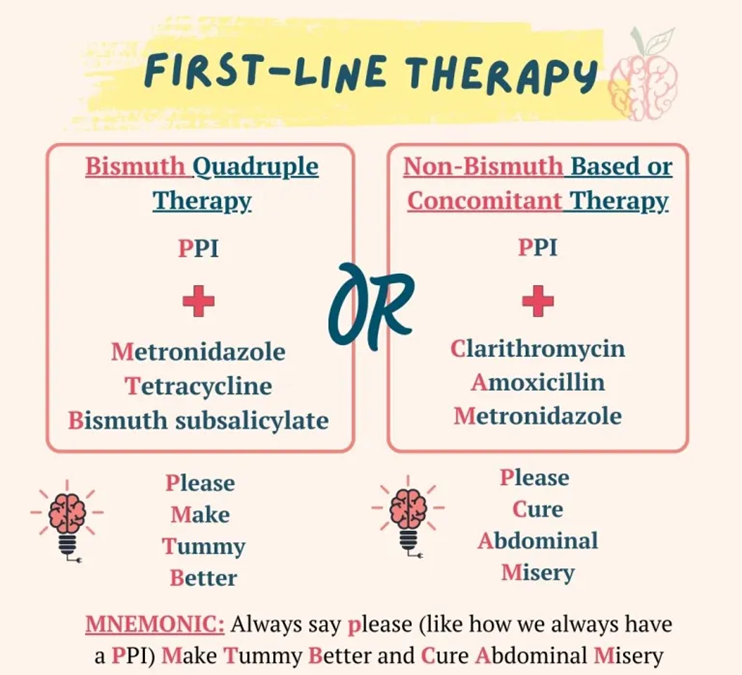What does the pharmacotherapy for Parkinson's disease intended to do?
Increase the amount of dopamine and reduce the amount of acetylcholine.
Increase the amount of dopamine and acetylcholine.
Reduce the amount of dopamine and increase the amount of acetylcholine.
Reduce the amount of dopamine and acetylcholine.
The Correct Answer is A
A. Increase the amount of dopamine and reduce the amount of acetylcholine:
This is the correct answer. Parkinson's disease is characterized by a deficiency of dopamine, so medications aim to increase dopamine levels. Additionally, reducing the activity of acetylcholine helps to restore the balance between these neurotransmitters.
B. Increase the amount of dopamine and acetylcholine:
This is not accurate. Increasing both dopamine and acetylcholine would not address the underlying imbalance seen in Parkinson's disease.
C. Reduce the amount of dopamine and increase the amount of acetylcholine:
This is incorrect. Parkinson's disease involves a reduction in dopamine levels, so reducing dopamine further would worsen the symptoms. Additionally, increasing acetylcholine is not the therapeutic goal in Parkinson's disease.
D. Reduce the amount of dopamine and acetylcholine:
This is not the correct approach. Decreasing both dopamine and acetylcholine would exacerbate the symptoms of Parkinson's disease, as the primary issue is the deficiency of dopamine.
Nursing Test Bank
Naxlex Comprehensive Predictor Exams
Related Questions
Correct Answer is C
Explanation
A. Antacids and narcotics.
Antacids can provide temporary relief of symptoms, but they do not treat the underlying H. pylori infection. Narcotics are not typically used as a standard treatment for peptic ulcer disease related to H. pylori.
B. Pepsin inhibitors and antiemetics.
Pepsin inhibitors and antiemetics may address symptoms but do not target the H. pylori infection directly. The standard treatment involves antibiotics to eradicate the bacteria and proton pump inhibitors to reduce acid production.
C. Proton pump inhibitors and antibiotics.
A positive breath test for H. pylori indicates the presence of Helicobacter pylori bacteria, which is associated with peptic ulcer disease. The standard treatment for H. pylori infection involves a combination of proton pump inhibitors (to reduce stomach acid production) and antibiotics (to eradicate the bacteria).
D. Emetic agents and tranquilizers.
Emetic agents are used to induce vomiting and are not indicated for the treatment of H. pylori infection. Tranquilizers are not part of the standard treatment for peptic ulcer disease associated with H. pylori.

Correct Answer is A
Explanation
A. Avoid caffeine-containing beverages before sleep
The highest priority teaching point to help relieve sleeplessness would be to advise the client to avoid caffeine-containing beverages before sleep. Caffeine is a stimulant that can interfere with the ability to fall asleep and maintain a restful sleep.
B. Perform strenuous exercise before bedtime
Strenuous exercise close to bedtime can actually stimulate the body and make it more difficult for the individual to relax and fall asleep. It is generally recommended to engage in exercise earlier in the day.
C. Drink lots of fluids before bedtime
Drinking excessive fluids before bedtime may lead to disrupted sleep as it can increase the need to wake up for bathroom trips during the night. It's advisable to limit fluid intake close to bedtime.
D. Eat a heavy meal before bedtime
Consuming a heavy meal before bedtime can cause discomfort and indigestion, potentially disrupting sleep. It is recommended to have a light, easily digestible meal if eating close to bedtime.
Whether you are a student looking to ace your exams or a practicing nurse seeking to enhance your expertise , our nursing education contents will empower you with the confidence and competence to make a difference in the lives of patients and become a respected leader in the healthcare field.
Visit Naxlex, invest in your future and unlock endless possibilities with our unparalleled nursing education contents today
Report Wrong Answer on the Current Question
Do you disagree with the answer? If yes, what is your expected answer? Explain.
Kindly be descriptive with the issue you are facing.
